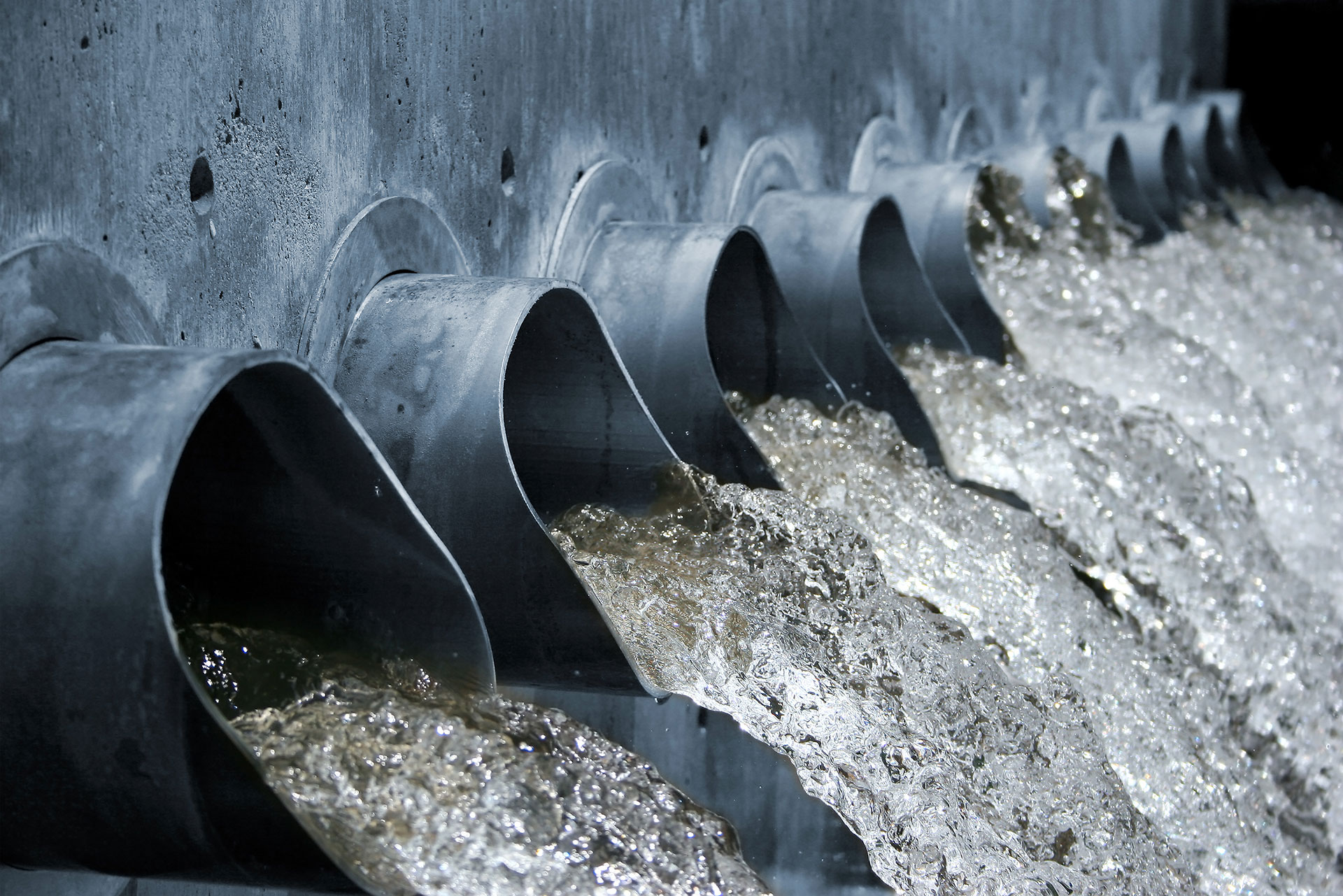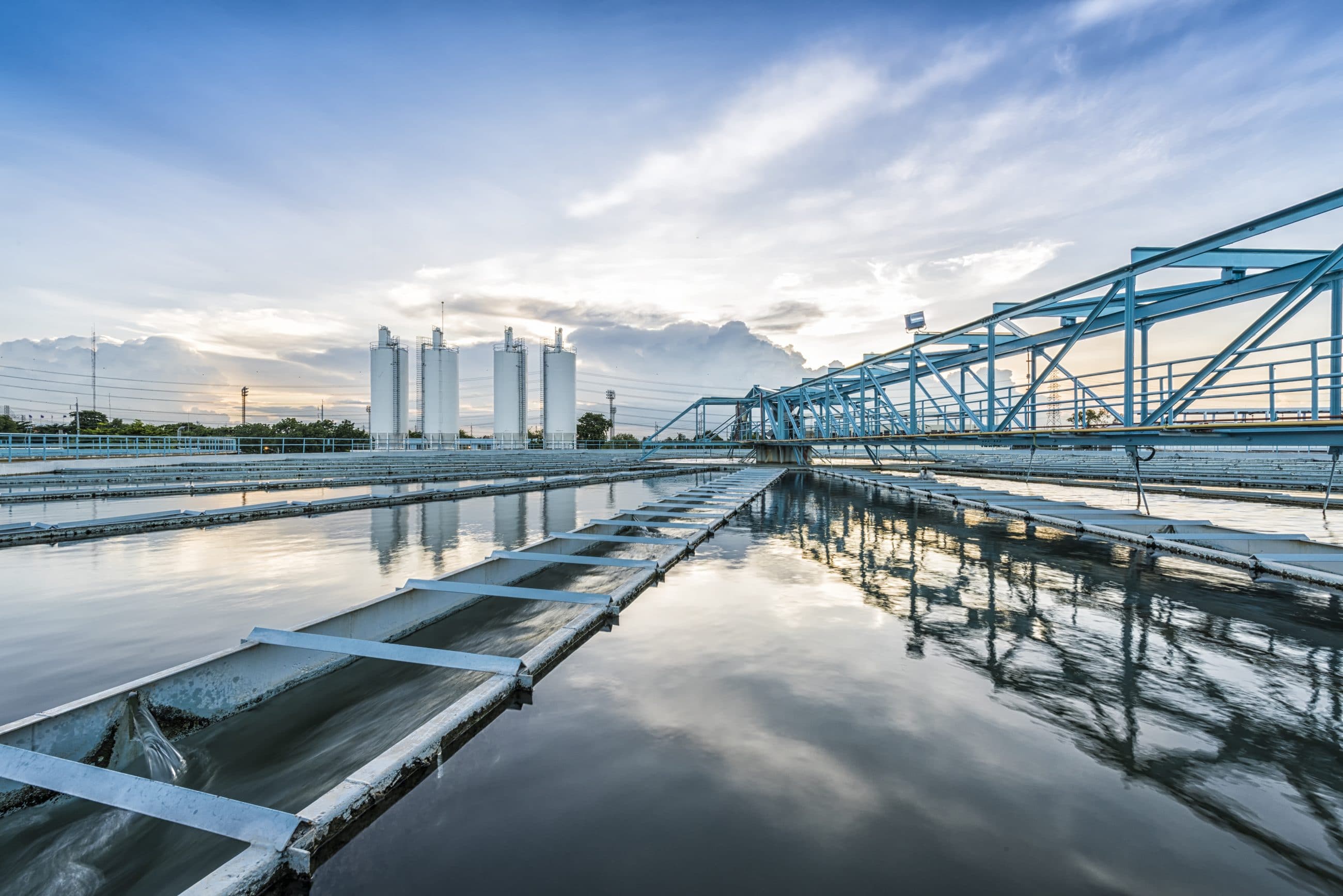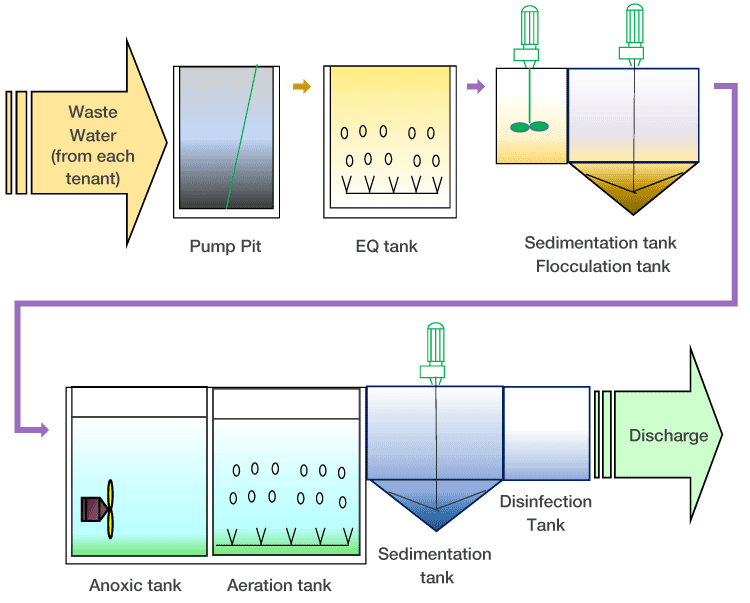Developments and Advances in Hazardous Waste Water Treatment Technologies
The landscape of industrial wastewater treatment is going through a transformative change, driven by technologies that enhance both performance and sustainability. Emerging modern technologies, such as membrane layer bioreactors and microbial gas cells, are redefining pollutant elimination procedures while adding to energy generation. Additionally, source recuperation methods are gaining grip, aligning with circular economic situation principles. As governing requirements progress, the assimilation of AI and maker learning into wastewater administration systems promises to ensure and streamline operations compliance. The full implications of these innovations raise crucial inquiries about their scalability and long-term influence on industry techniques.
Summary of Drainage Therapy Technologies
Wastewater therapy technologies encompass a variety of methods created to eliminate contaminants from commercial effluents prior to their release into the setting. These modern technologies are vital for preserving environmental balance and making certain conformity with environmental regulations. The primary categories of wastewater therapy include physical, chemical, and organic approaches, each offering distinct purposes based on the nature of the contaminants existing.

Biological therapy approaches employ bacteria to deteriorate raw material, making them particularly effective for organic-rich effluents. Methods like triggered sludge and biofilm reactors harness the all-natural degradation capabilities of bacteria, leading to substantial reductions in biochemical oxygen need (BODY)
Advanced Filtering Techniques
Advanced filtration strategies represent a crucial evolution in the realm of industrial wastewater therapy, boosting the performance of contaminant removal processes. Industrial Waste Water Treatment. These methods incorporate a series of technologies, consisting of microfiltration, ultrafiltration, nanofiltration, and turn around osmosis, which provide consecutive barriers for various particle sizes and chemical structures
Microfiltration and ultrafiltration utilize membrane systems to get rid of put on hold solids, germs, and bigger organic particles, boosting the top quality of effluent before further therapy. Nanofiltration bridges the void between ultrafiltration and reverse osmosis, efficiently removing divalent ions and organic compounds, thus decreasing the tons on downstream procedures.
Reverse osmosis provides the highest degree of filtration by permitting only water and small molecules to pass via its semi-permeable membranes, making it suitable for recovering top notch water from commercial effluents. Current innovations in membrane modern technology, consisting of the growth of more resilient and fouling-resistant products, have substantially enhanced functional effectiveness and minimized prices.
Integrating these advanced filtration strategies not only boosts the total treatment procedure yet likewise adds to sustainability initiatives by allowing water reuse and source recovery in commercial settings. (Industrial Waste Water Treatment)
Organic Therapy Technologies

Additionally, the growth of crafted biological systems, such as membrane bioreactors (MBRs), integrates organic therapy with sophisticated membrane filtration. This assimilation enables greater effluent top quality and reduced impact, making it suitable for space-constrained commercial centers. Innovations in genetically engineered microorganisms have also emerged, boosting the biodegradation of details contaminants, such as pharmaceuticals and hefty steels, that are generally challenging to get rid of.
Additionally, the implementation of bioaugmentation methods, where beneficial microbes are introduced to enhance the existing biological treatment processes, has shown appealing lead to improving therapy performance. These innovations jointly signify a pattern towards even more sustainable and effective organic therapy techniques that can adjust to the advancing intricacies of industrial wastewater streams. As Look At This industries remain to this link prioritize environmental conformity, these organic advancements will play a critical role in wastewater administration.

Source Healing Methods
In industrial setups, the integration of resource healing techniques has become progressively important for boosting sustainability and reducing waste. These techniques concentrate on removing beneficial products and energy from wastewater streams, thereby changing prospective pollutants right into reusable sources.
One noticeable method is nutrition healing, where nitrogen and phosphorus, typically existing over in wastewater, are captured and transformed into fertilizers. This not only reduces ecological influences but additionally supplies a round economic situation solution for agricultural applications. In addition, innovations such as anaerobic digestion permit the conversion of natural waste into biogas, a sustainable energy resource that can offset nonrenewable fuel source use in commercial operations.
Additionally, progressed filtration and membrane layer innovations promote the healing of industrial byproducts such as metals and salts. These recouped products can be reintegrated right into production procedures, lowering the need for try these out virgin resources.
Future Fads in Drainage Administration
As sectors significantly focus on sustainability, the future of wastewater administration is readied to go through considerable makeovers. Technical improvements, such as fabricated knowledge and artificial intelligence, will certainly make it possible for extra efficient surveillance and administration of wastewater systems. These technologies can forecast upkeep requirements, optimize treatment processes, and enhance decision-making, ultimately reducing functional prices and environmental influence.
Additionally, the combination of circular economy concepts will certainly play a critical duty in wastewater monitoring. Industries are expected to move towards systems that not just deal with wastewater but also recoup important resources, such as nutrients, water, and power. This transition will certainly decrease waste and promote the reuse of products, lining up with international sustainability objectives.
Emerging therapy strategies, such as membrane bioreactors and advanced oxidation procedures, will certainly additionally boost the effectiveness of wastewater treatment, enabling higher high quality effluents ideal for reuse. In addition, regulative frameworks are likely to progress, emphasizing stricter requirements for wastewater discharge and motivating industries to take on ingenious therapy options.
Conclusion
In conclusion, the advancement of commercial wastewater therapy technologies demonstrates a significant shift in the direction of improved efficiency and sustainability. Developments in innovative filtering techniques, organic therapies, and source healing techniques highlight the sector's commitment to environmental stewardship. The combination of expert system and machine knowing additionally optimizes these processes, making certain regulatory conformity and advertising a round economic situation. Proceeded improvements in these areas will play a vital duty in shaping the future of wastewater administration and safeguarding important water resources.
The landscape of commercial wastewater therapy is undertaking a transformative change, driven by technologies that enhance both efficiency and sustainability.Wastewater treatment technologies include a range of approaches designed to remove impurities from commercial effluents before their launch right into the environment.Taking advantage of the power of biological processes has actually led to considerable advancements in the treatment of commercial wastewater.Additionally, the application of bioaugmentation methods, where advantageous microbes are presented to boost the existing organic treatment processes, has shown promising outcomes in improving therapy efficiency. These advancements collectively indicate a fad towards more sustainable and efficient biological treatment techniques that can adjust to the developing complexities of industrial wastewater streams.